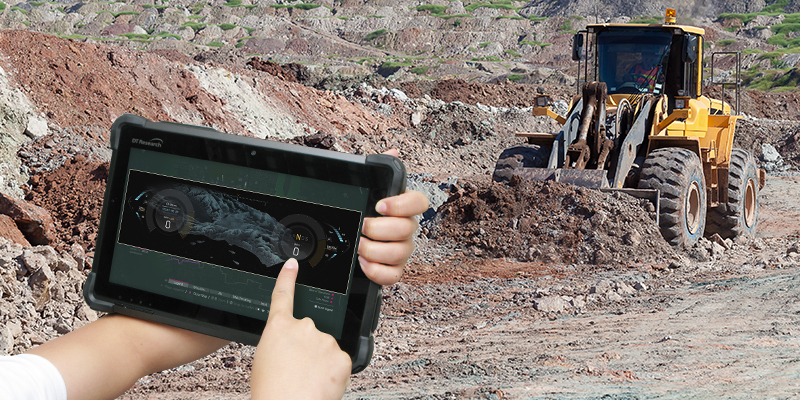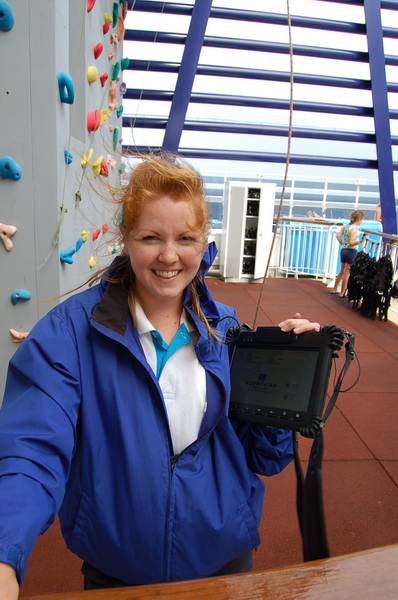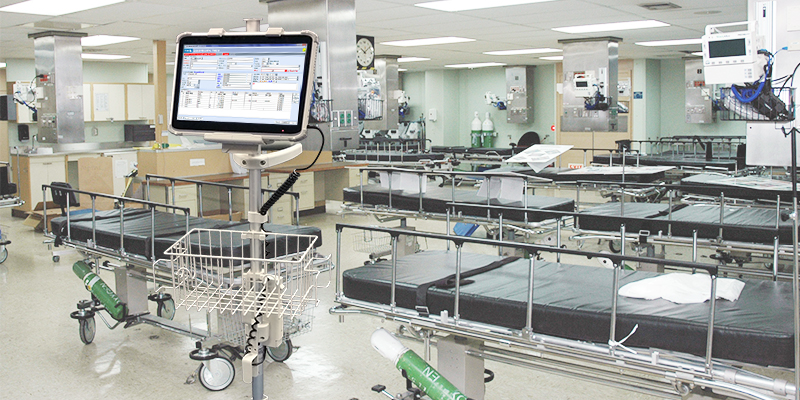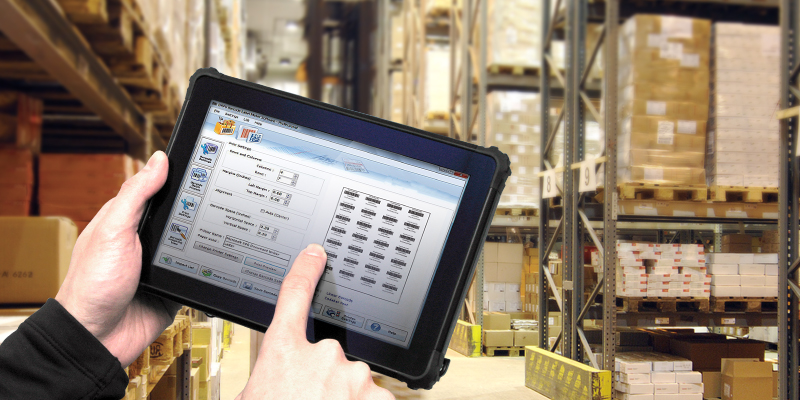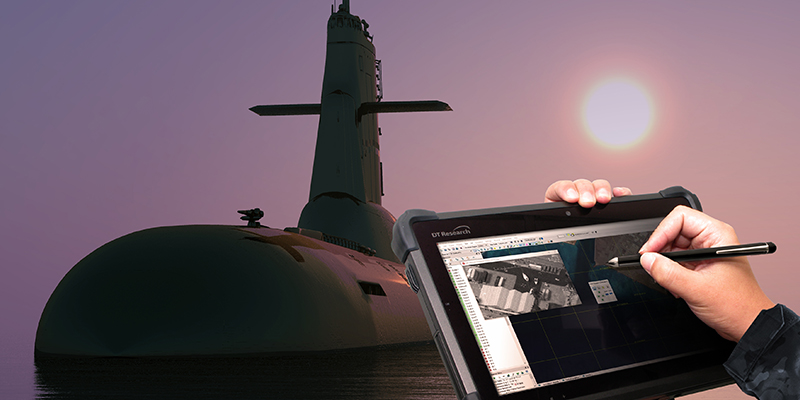
Our military is consistently finding ways to update their technology in order to stay apprised of the ever-changing environment they are in. The US Navy is in need of technology that can keep pace with the frequently moving and continually evolving conditions both on-base and off. Utilizing handheld and portable devices in all branches of the military particularly the naval force is essential for optimal function and efficiency.
Continue reading “Driving the Navy in the Digital Age with Rugged Tablet Technology”

